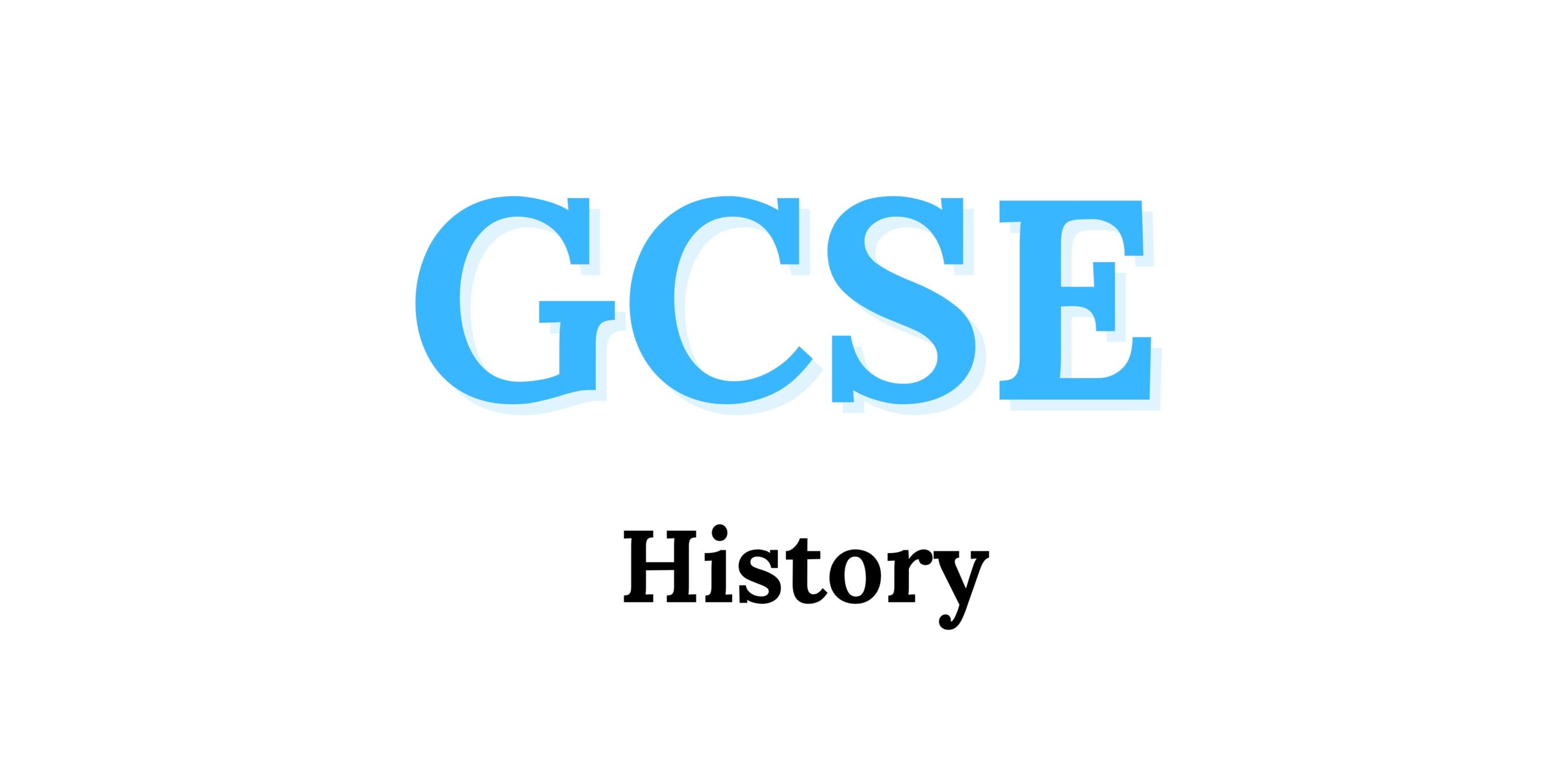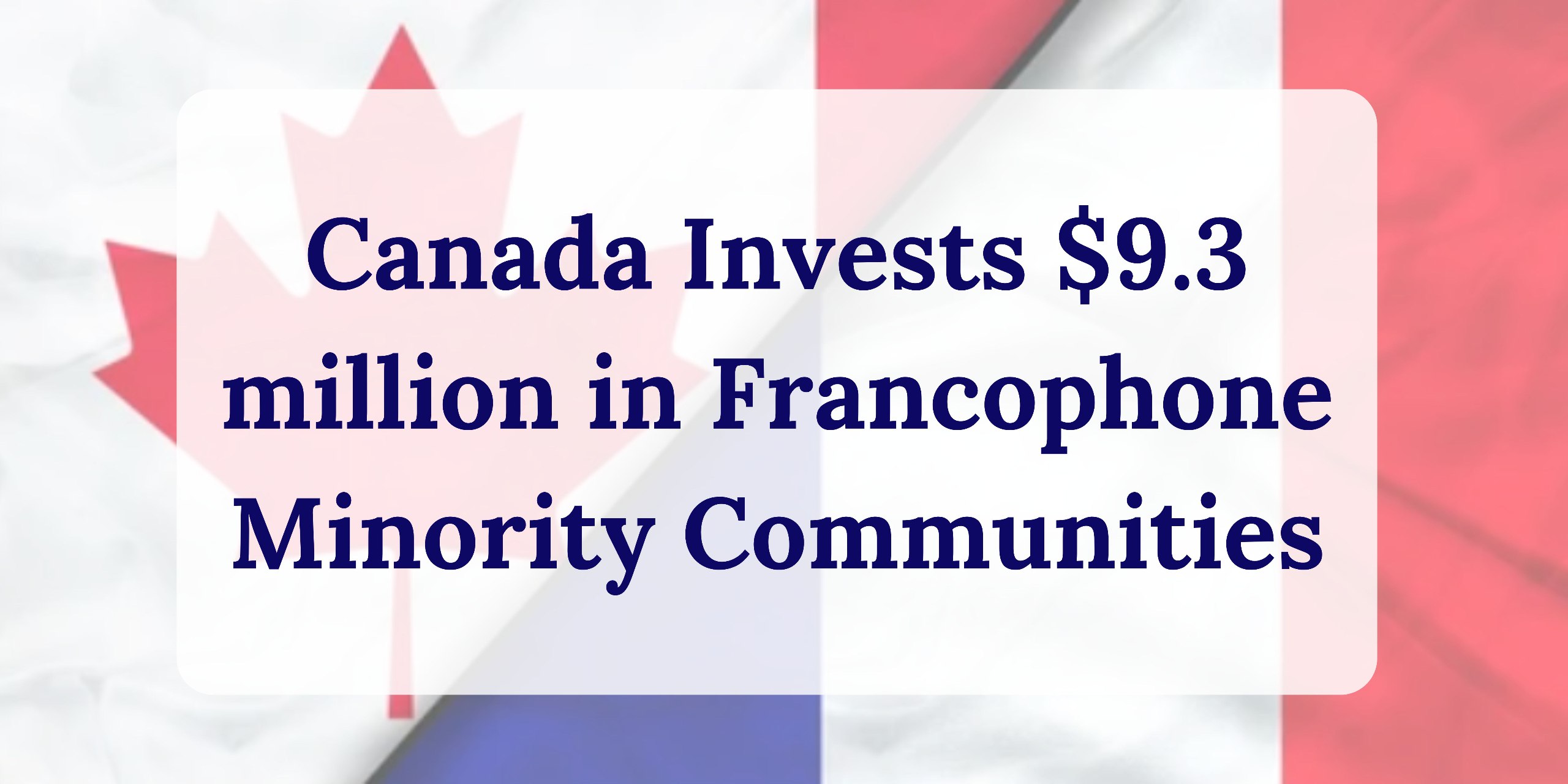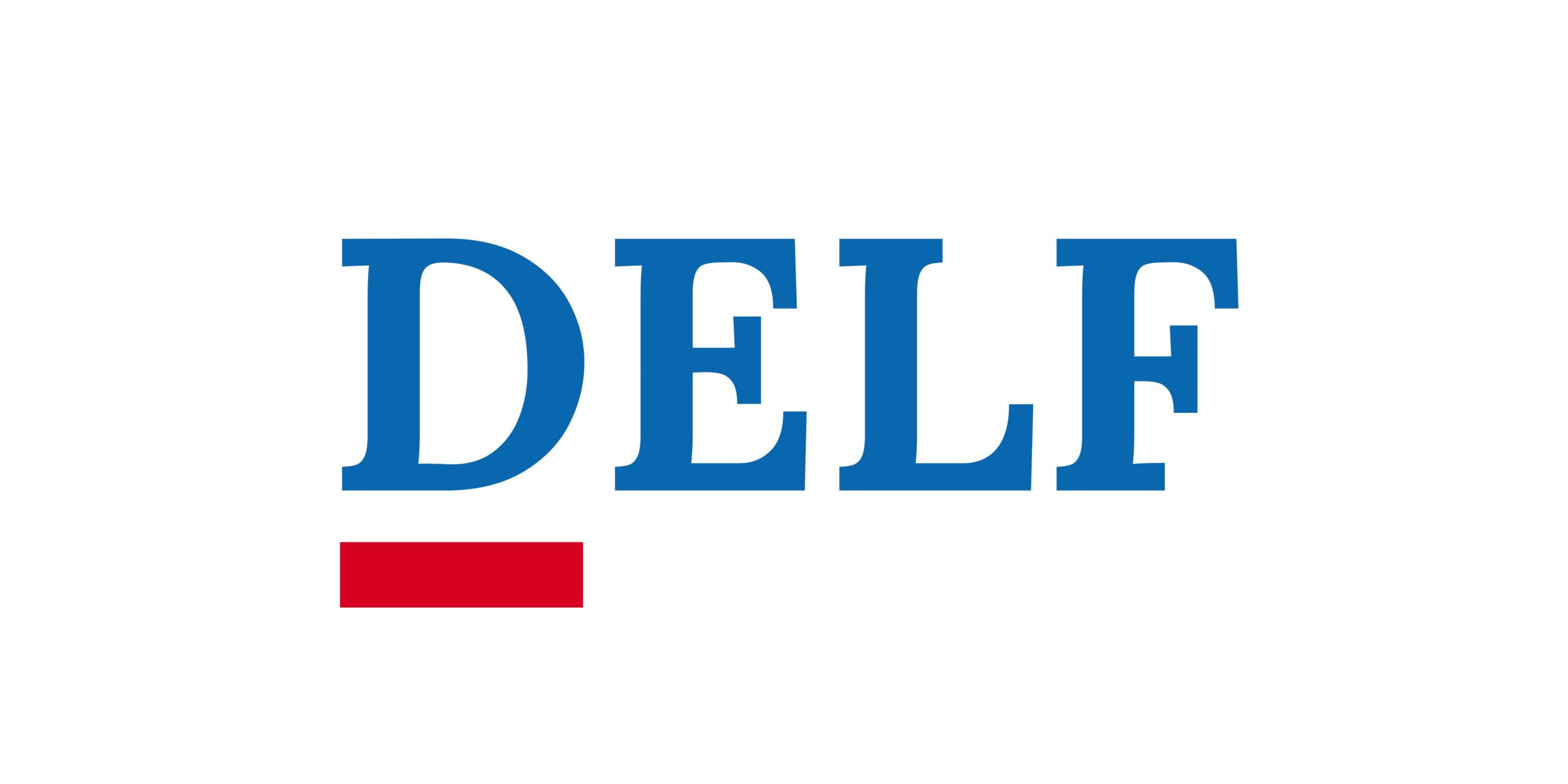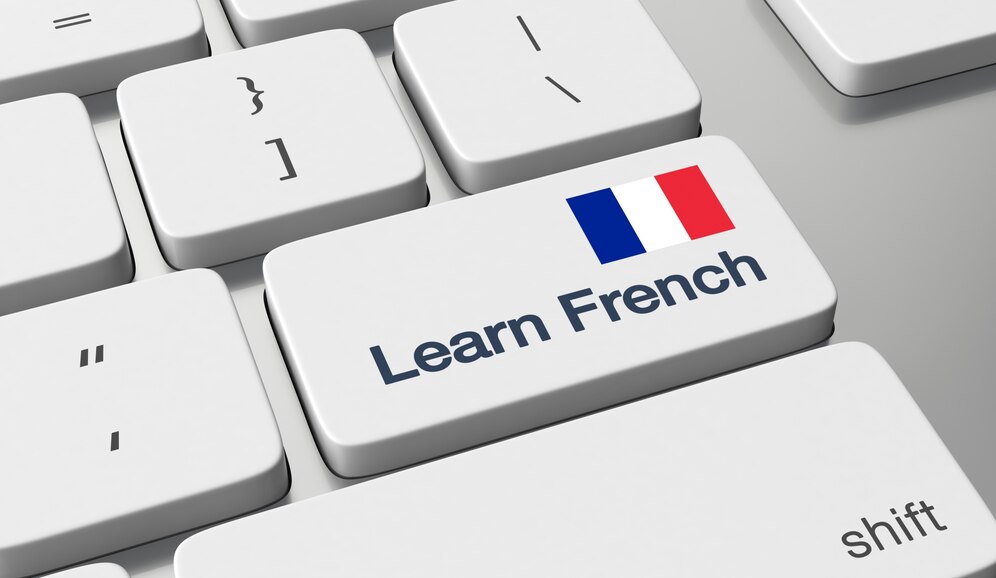
Overview of AQA GCSE History qualifications
Students must complete two papers:
Paper 1: Understanding the Modern World
Paper 2: The formation of a nation
The GCSE History subject content includes the following elements:
– one period study
– one case study
– one in-depth study of the wider world
– one in-depth study of the UK, including the historical environment.
Each paper consists of two sections. One topic must be chosen from each section. Options to be declared at point of entry.
For detailed information about the General Certificate of Secondary Education (GCSE) and how it can shape your academic future, click here to explore: GCSE Information
Paper 1: Understanding the Modern World
Paper 2: Shaping the Nation
Paper 1
Section A: Period Studies:
AA America, 1840–1895: Expansion and consolidation
| Topic | Content |
|---|---|
| Expansion: opportunities and challenges | • North America: Viewed as the “Great American Desert.” • Belief in Manifest Destiny. • Early settlers’ motivations and challenges. • Brigham Young and the Mormons. • Pioneer farmers and miners’ westward journey. • Plains Indians’ way of life. • Early U.S. policies and changing relations with Plains Indians. • Permanent Indian Frontier. |
| Conflict across America | • Fort Laramie Treaty (1851) and policy failures. • Indian Wars (1862–1867): Causes and consequences. • Sand Creek Massacre and Fetterman’s Trap. • North-South differences, slavery, expansion, and abolitionism. • Breakdown of the Missouri Compromise; John Brown, Lincoln, and Jefferson Davis. • Civil War’s social and economic impacts on civilians. • Mountain Meadow Massacre and aftermath. |
| Consolidation: forging the nation | • 13th Amendment and Civil Rights Act. • Reconstruction in the South (1866–1877), carpetbaggers, Federal vs. State powers. • Homesteaders’ motivations and government policies. • Land, railroads, and farming solutions. • Small reservations policy and attitudes towards Native Americans. • Battle of Little Big Horn, Dawes Act, Battle of Wounded Knee. • Closing of the frontier and its impact on Native Americans. |
AB Germany, 1890–1945: Democracy and dictatorship
| Topic | Content |
|---|---|
| Germany and the growth of democracy | • Kaiser Wilhelm’s Rule. • Growth of parliamentary government. • Prussian militarism, industrialization, social reform, and socialism. • Importance of Navy Laws domestically. • Impact of the First World War. • Political unrest (1919–1923): Spartacists, Kapp Putsch, Munich Putsch. • Recovery (Stresemann era, 1924–1929): new currency, Dawes Plan, Young Plan. • International agreements and cultural impact. |
| Germany and the Depression | • Rise of Nazis and extremists (1928–1932). • SA’s role and Hitler’s appeal. • Weimar Democracy’s Failure. • Hitler’s Dictatorship: Reichstag Fire, Enabling Act; elimination of opposition; Night of the Long Knives; Hitler as Führer. |
| The experiences of Germans under the Nazis | • Employment, rearmament, public works, self-sufficiency. • War’s impact: bombing, rationing, labor shortages, refugees. • Women’s roles, youth groups, education, Aryan racial policies, persecution. • Final Solution. • Goebbels, propaganda, censorship, Nazi culture. • Police state: Himmler, SS, Gestapo. • Opposition: White Rose, Swing Youth, Edelweiss Pirates, July 1944 bomb plot. |
AC Russia, 1894–1945: Tsardom and communism
| Topic | Content |
|---|---|
| The end of Tsardom | • Russia’s economy and society: industrialization, poor living and working conditions. • The autocracy of Nicholas II. • Revolution of 1905, October Manifesto and failed reforms. • Political stalemate with the Duma, Stolypin’s land reforms and repression. • Military defeats, social and economic tensions, unpopularity of the Romanovs (influence of Rasputin). • The abdication of Tsar Nicholas II. |
| Lenin’s new society | • Growth of Bolshevik power, October/November Revolution. • Lenin’s Dictatorship: End of WWI; Cheka; Red Army; Civil War causes and Bolshevik success. • Propaganda and War Communism, Kronstadt Rising, New Economic Policy (NEP). • Lenin and Trotsky’s influence on the new society. |
| Stalin’s USSR | • Stalin’s Dictatorship: Power struggle, Communist Party control; The Terror, Purges, secret police, labor camps, censorship, and propaganda. • Collectivization, Five Year Plans, social/economic impact on various groups. • Extent of modernization. • WWII Impact: Stalin’s leadership during the war, and political/economic/social challenges by 1945. |
AD America, 1920–1973: Opportunity and inequality
| Topic | Content |
|---|---|
| American people and the ‘Boom’ | • Growth through advertising, consumerism, hire purchase, mass production (e.g., Ford), stock market surge, and Republican policies. • Wealth inequality. • Entertainment (cinema, jazz). • Women’s changing roles (flappers). • Organized crime, prohibition effects. • Racial tension, immigrant experiences, Ku Klux Klan. • Red Scare, Sacco and Vanzetti case. |
| Bust – Americans’ experiences of the Depression and New Deal | • Great Depression: Unemployment, farmer/business struggles, Hoover’s unpopularity, Roosevelt’s election. • Successes, limitations, opposition (Supreme Court, Republicans, radicals). • Roosevelt’s leadership, impact on popular culture. • WWII Impact: Economic recovery, Lend-Lease, export growth, social changes (African-Americans, women). |
| Post-war America | • Prosperity, consumerism, American Dream. • McCarthyism, rise of Rock and Roll, television. • Segregation laws, MLK’s peaceful protests, Malcolm X, Black Power. • Civil Rights Acts (1964, 1968). • Kennedy and Johnson’s social policies (poverty, education, health). • Feminist movements: equal pay, National Organization for Women, Roe v. Wade, opposition to Equal Rights Amendment. |
Section B: Wider World Depth Studies:
BA Conflict and tension: the First World War, 1894–1918
| Topic | Content |
|---|---|
| The causes of the First World War | • Triple Alliance, Franco-Russian Alliance. • Relations among Entente powers. • Morocco (1905, 1911) and Balkans (1908-1909) crises impacting international relations. • Britain’s foreign policy challenges. • Kaiser Wilhelm’s Weltpolitik, colonial tensions, European rearmament, Anglo-German naval race. • Outbreak of War: Slav nationalism; Serbia-Austria-Hungary relations; Assassination of Archduke Franz Ferdinand; July Crisis; Schlieffen Plan; Belgium’s involvement. |
| The First World War: stalemate | • Schlieffen Plan: Reasons, failure (Battle of Marne), contribution to stalemate. • Western Front: Trench warfare, war of attrition. • Key battles: Verdun, Somme, Passchendaele. • Other fronts (Gallipoli, war at sea, Jutland, U-Boat campaign, convoys). |
| Ending the war | • Bolshevik Revolution, Russia’s withdrawal, U.S. entry into the war. • Military Developments (1918): New tactics, technology, German Spring Offensive, Allied advance (Hundred Days). • Germany’s Surrender: Blockade, Kaiser’s abdication, armistice, roles of Haig and Foch. |
BB Conflict and tension: the inter-war years, 1918–1939
| Topic | Content |
|---|---|
| Peacemaking | • Aims of peacemakers (Wilson’s Fourteen Points, Clemenceau, Lloyd George). • Success in achieving aims. • Versailles Settlement. • Allied reactions, German objections. • Strengths, weaknesses, and problems faced by new states. |
| The League of Nations and international peace | • League of Nations: Formation, organisation, membership changes, powers. • Agencies’ contributions to peace in the 1920s. • Successes and failures (e.g., Aaland Islands, Upper Silesia, Vilna, Corfu, Bulgaria). • Diplomacy Outside the League: Locarno treaties, Kellogg-Briand Pact. • Collapse of the League: Impact of Depression; Manchurian and Abyssinian crises; Failure to prevent war in 1939. |
| The origins and outbreak of the Second World War | • Hitler’s aims, Allied reactions, Dollfuss Affair, Saar, German rearmament, Stresa Front, Anglo-German Naval Agreement. • Rhineland remilitarisation, Mussolini and Axis, Anti-Comintern Pact, Anschluss. • Appeasement debates, Sudeten Crisis, Munich Agreement, end of appeasement. • Outbreak of War: Czechoslovakia occupation, Nazi-Soviet Pact, Poland invasion (September 1939). • Responsibility of key figures: Hitler, Stalin, Chamberlain. |
BC Conflict and tension between East and West, 1945–1972
| Topic | Content |
|---|---|
| The origins of the Cold War | • Yalta and Potsdam Conferences, division of Germany. • Contrasting USA and USSR ideologies, goals of Stalin, Churchill, Roosevelt, Attlee, and Truman. • Impact of the atom bomb on superpower relations. • Soviet expansion in Eastern Europe. • US policies: Truman Doctrine, Marshall Plan, and Stalin’s reaction. • Cominform, Comecon, Yugoslavia. • Berlin Blockade and Airlift. |
| The development of the Cold War | • USSR supports Mao in China. • North Korea vs. UN, Vietcong vs. France/USA. • Arms race, NATO and Warsaw Pact, space race (Sputnik, ICBMs, Gagarin, Apollo). • ‘Thaw’: Hungary’s protests and Nagy’s reforms, Soviet reaction. • U2 Crisis and its impact on the Paris Peace Summit. |
| Transformation of the Cold War | • Berlin Wall: Reasons for construction, Kennedy’s response. • Castro’s revolution, Bay of Pigs, missile crisis (Castro, Khrushchev, Kennedy). • USA’s fears, crisis dangers, outcomes. • Prague Spring, USSR’s response, impact on East-West relations, Warsaw Pact, Brezhnev Doctrine. • Tension sources, Soviet human rights record. • Reasons for Détente, SALT 1, roles of Brezhnev and Nixon. |
BD Conflict and tension in Asia, 1950–1975
| Topic | Content |
|---|---|
| Conflict in Korea | • Nationalism in Korea, US-China relations, division of Korea. • Leaders: Kim Il Sung (North), Syngman Rhee (South). • Reasons for North’s invasion of South in June 1950. • US and UN responses; USSR absent from the UN. • UN campaigns in South and North Korea. • Inchon landings; South Korea recaptured. • UN advance into North Korea; Chinese intervention in October 1950. • Sacking of General MacArthur. • Stalemate at the 38th Parallel; peace talks and armistice. • Impact on Korea, the UN, and Sino-American relations. |
| Escalation of conflict in Vietnam | • Dien Bien Phu, Geneva Agreement (1954). • Civil war in South Vietnam; opposition to Diem. • Vietcong: aims, support, guerrilla tactics, Ho Chi Minh. • Domino Theory; interventions by Eisenhower and Kennedy. • Strategic Hamlets program. • Gulf of Tonkin incident; US response to Vietcong tactics. • Mass bombing, peace demands, student protests. • My Lai Massacre, Search and Destroy tactics, Tet Offensive. |
| The ending of conflict in Vietnam | • Nixon’s War: Vietnamization; chemical warfare, 1970-1972 bombing. • Relations with China; war expansion into Laos and Cambodia. • Kent State protests; media’s role; Watergate context. • End of the War: Paris Peace talks; Kissinger’s role; US withdrawal; fall of Saigon. • Vietnam’s struggles in 1975 and war’s overall impact. |
BE Conflict and tension in the Gulf and Afghanistan, 1990–2009
| Topic | Content |
|---|---|
| Tensions in the Gulf | • Aftermath of the Iran-Iraq War. • Western and Russian interests in Iran/Iraq, especially regarding oil. • Israeli-Palestinian conflict’s influence on Gulf tensions and global terrorism. • The Gulf War (1990). • Roles of Bush, Thatcher, and the UN in opposing Saddam Hussein. • War consequences: increased US influence and Arab reactions. |
| The war on Al-Qaeda | • Al-Qaeda’s aims; Osama bin Laden’s leadership; 9/11 attacks. • Afghanistan: Issues faced by ethnic groups and the Taliban’s resurgence. • Western/Muslim views on Taliban policies. • Bush’s War on Terror: Bush’s goals; Blair’s support. • 2001 US/UK intervention, Taliban’s fall, and challenges for Karzai’s government. |
| The Iraq War | • Saddam Hussein’s Regime: Oppression of Kurds and Shia; Iraq’s ties to Al-Qaeda questioned. • Iraq’s status as a rogue state and UN involvement. • Invasion of Iraq (2003). • Saddam’s downfall; impacts of war on Iraq and global terrorism. • Insurgency, elections, power transfer, 2007 US troop surge, and Iraq’s stability by Bush’s Presidency’s end. |
Paper 2
Section A: Thematic Studies:
AA Britain: Health and the people: c1000 to the present day
| Topic | Content |
|---|---|
| Medicine stands still | • Medieval Medicine: Approaches: natural, supernatural, Hippocratic and Galenic methods. • Medieval doctors: training and beliefs about illness. • Christianity’s role in medical progress, hospitals, and Islamic contributions to medicine and surgery. • Medieval surgery: ideas and techniques. • Public health: conditions in towns and monasteries, and the Black Death in Britain (causes, treatment, and prevention). |
| The beginnings of change | • Renaissance Impact: Challenges to medical authority in anatomy, physiology, and surgery. • Contributions of Vesalius, Paré, and William Harvey, and opposition to these changes. • Disease Treatment: Traditional and new methods, including quackery and plague treatments. • Hospital growth and changes in the training and status of surgeons and physicians. • Prevention: inoculation, Edward Jenner’s vaccination, and resistance to change. |
| A revolution in medicine | • Impact on disease treatment in Britain. • Contributions of Pasteur, Koch, and Ehrlich (magic bullets); Pasteur’s vaccines. • Surgical Advances: Anaesthetics (Simpson and chloroform), antiseptics (Lister and carbolic acid), aseptic surgery. • Industrial Britain’s health issues; cholera epidemics; public health reforms; 1848 and 1875 Public Health Acts. |
| Modern medicine | • Pharmaceutical industry, penicillin (Fleming’s discovery), antibiotic resistance, and alternative treatments. • Advancements: plastic surgery, blood transfusions, X-rays, transplants, lasers, radiation therapy, keyhole surgery. • Modern Public Health: Booth, Rowntree, Boer War, Liberal reforms, two world wars, Beveridge Report. • Creation and development of the NHS; challenges in 21st-century healthcare. |
BB Britain: Power and the people: c1170 to the present day
| Topic | Content |
|---|---|
| Challenging authority and feudalism | • Barons’ dissatisfaction with King John, leading to the Magna Carta. • Magna Carta: terms and its short- and long-term impact. • Issues between King Henry III and barons. • Role of Simon de Montfort, Provisions of Oxford, and 1265 Parliament. • Medieval Revolt and Royal Authority. |
| Challenging royal authority | • Causes of the Pilgrimage of Grace (social, economic, religious, political). • Henry VIII’s reaction and the uprising’s impact on royal authority. • Causes of the English Revolution; role of the New Model Army. • Impact of the English Revolution, including the trial and execution of Charles I, Cromwell, and the Commonwealth. • Causes and impact of the American Revolution on government and people. |
| Reform and reformers | • Extension of the Franchise: Radical protest and the Great Reform Act; Chartism’s causes and impact. • Campaigning groups: Anti-Slavery, Anti-Corn Law League, factory and social reformers. • Workers’ Movements: Development of trade unions (GNCTU, Tolpuddle Martyrs, New Model Unions) and their impact. |
| Equality and rights | • Women’s Rights: Campaign for suffrage; role of the Pankhursts; reasons for and impact of franchise extension. • Progress towards gender equality in the late 20th century. • General Strike (1926) and its impact; trade union reform in the late 20th century. • Development of a multi-racial society post-WWII; protests, reform, and the Brixton Riots’ impact, including the Scarman Report. |
AC Britain: Migration, empires and the people: c790 to the present day
| Topic | Content |
|---|---|
| Conquered and conquerors | • Viking invasions and the creation of the Danelaw. • Alfred of Wessex; King Cnut and the North Sea Empire. • Norman Kingdom and ‘Angevin’ Empire: England-France relations; Henry II’s reign, invasion of Ireland, and losses under King John. • The Hundred Years’ War’s impact on England’s development. |
| Looking west | • Sugar and the Caribbean: Piracy, slave trade development (John Hawkins); settlements in Barbados and the West Indies; Britain’s economic and social gains from slavery. • Colonisation in North America: Causes and effects of colonisation; Raleigh, Jamestown, Pilgrim Fathers; relations with indigenous peoples; War of Independence and loss of colonies. • Migration: Huguenot migration; Highland clearances; Ulster plantations. |
| Expansion and empire | • British control in India: East India Company, Robert Clive, Warren Hastings, Indian Rebellion (1857); impact on Britain and India. • British involvement in Africa: trade, missionary work, South Africa, Egypt, Scramble for Africa, Cecil Rhodes, Boer War; imperial propaganda. • Migration: Irish and Jewish migration to Britain; migration within the Empire (Asians to Africa); rural-to-urban migration. |
| Britain in the 20th century | • End of Empire: Impact of WWI and WWII; Suez Crisis; nationalism and independence movements in India (Gandhi) and Africa (Nkrumah, Kenyatta). • Legacy of Empire: ‘Windrush’ migrants from the Caribbean; Claudia Jones; migration from Asia and Africa (Amin in Uganda); Commonwealth; Falklands War. • Britain’s Relationship with Europe: WWII’s impact; economic, social, and cultural ties; end of Cold War; EU membership; migration patterns. |
Section B: British Depth Studies with Historic Environment:
BA Norman England, c1066–c1100
| Topic | Content |
|---|---|
| The Normans: conquest and control | • Causes of Norman Conquest: Edward the Confessor’s death and the claimants’ struggle for the throne. • Military Aspects: Battles of Stamford Bridge and Hastings; Anglo-Saxon and Norman tactics; innovations like cavalry and castles. • Control: Harrying of the North; revolts (1067-1075); leadership of King William and William II’s inheritance. |
| Life under the Normans | • Feudalism and Government: Roles, rights, responsibilities; landholding, lordship, and distribution; differences in Anglo-Saxon and Norman governance; military service, justice system (ordeals, ‘murdrum’), and the Domesday Book. • Economic and Social Changes: Life in towns and villages; impact of Norman changes on work, food, and buildings; Forest law. |
| The Norman Church and monasticism | • Church: Pre-1066 Anglo-Saxon Church; Archbishop Lanfranc’s reforms; church-state relations; Church wealth and its relations with the Papacy; the Investiture Controversy. • Monasticism: Norman reforms in abbeys and monasteries; influence on education, Latin, and the vernacular. |
| The historic environment of Norman England | • In-depth study of a specific historical site linked to Norman England. • Focus on location, structure, function, and cultural reflection of the site. • Exploration of how the site connects to broader historical events and developments. • Examination of change, continuity, and the significance of key features in the site’s history. |
BB Medieval England – the reign of Edward I, 1272–1307
| Topic | Content |
|---|---|
| Government, the rights of King and people | • Henry III’s Legacy: Edward I’s relationship with his father, Henry III; challenges faced by Edward I; relations with the nobility; Edward I’s characteristics as a king. • Key documents and reforms: Hundred Rolls, Robert Burnell, Statutes of Westminster, Statutes of Mortmain, ‘Quo Warranto’ inquiries, and the Model Parliament (1295). |
| Life in Medieval England | • Key aspects: agriculture, wool trade, royal finance, wool tax, Statute of Merchants, Italian bankers, re-coinage, and expulsion of Jews in 1290. • Contributions of the medieval Church, universities, and scholars like Roger Bacon and Duns Scotus. • Legal System: Overview of laws, courts, trials, crimes, punishments, and Statutes of Gloucester (1278) and Winchester (1285). |
| Edward I’s military campaigns in Wales and Scotland | • Medieval Warfare: Tactics and technology. • Wales: Edward’s Welsh Wars (1277, 1282-1283); Statute of Rhuddlan; castle construction and its impacts. • Scotland: Issues of succession, key figures (Balliol, Bruce), William Wallace, and the First War of Scottish Independence (1297 onwards); Edward I’s reputation. |
| The historic environment of Medieval England | • Focus: In-depth study of a specific historical site, published three years in advance. No site visits are required, but local site visits can inform teaching. • Examination: Students will explore the historical context, features, and significance of the site, considering changes and continuity over time. • Site Aspects: Location, function, structure, associated people, design reflecting cultural values, and connections to key historical events. • Relevance: Exploration of medieval buildings (churches, castles), towns, and developments (trade, battles). Resource packs and additional information available. |
BC Elizabethan England, c1568–1603
| Topic | Content |
|---|---|
| Elizabeth’s court and Parliament | • Background and character of Elizabeth I. • Court life and patronage. • Key ministers. • Relations with Parliament. • Marriage and succession issues. • Elizabeth’s authority, including Essex’s rebellion (1601). |
| Life in Elizabethan times | • A ‘Golden Age’: Living standards, fashion, prosperity, rise of the gentry; Achievements in Elizabethan theatre and public attitudes. • The Poor: Causes of increased poverty; Government response and seriousness of the problem. • English Sailors: Hawkins and Drake’s voyages, circumnavigation (1577–1580), trade; Raleigh’s role. |
| Troubles at home and abroad | • Catholicism versus Protestantism. • Northern Rebellion, excommunication, Catholic conspiracies, Puritans. Elizabeth’s religious policy. • Mary, Queen of Scots: Mary’s origin, Elizabeth’s and Parliament’s attitude toward her; Threats, conspiracies, execution and consequences. • Conflict with Spain: Causes, events, naval warfare, defeat of the Spanish Armada. |
| The historic environment of Elizabethan England | • Study Focus: Focus on location, function, design, and associated people. • Examination: Students will analyze key features and their representation of the period. Understand changes and continuity within the historic environment. • Examples: Tudor manor houses, theatres, villages, and cities. Historic developments like voyages, trade, and revolts shaped by their environments. |
BD Restoration England, 1660–1685
| Topic | Content |
|---|---|
| Crown, Parliament, plots and court life | • Legacy of the English Civil War and Commonwealth. • Restoration of the monarchy, succession issues. • Relations with Parliament, including finance and religion. • The Cabal, rise of party politics, rule without Parliament from 1681. • Plots: Titus Oates’ Popish Plot, Rye House Plot. • Exclusion Bill (1679), James, Duke of York. • Charles II’s Court: Charles II’s character, court life, fashions, and court’s role. |
| Life in Restoration England | • Great Plague of 1665: causes, views, combat measures, and results. • Fire of London (1666): causes, views, results, and reconstruction. • Restoration Culture: Comedy, theatres, and playwrights. Role of women, coffee houses, Charles II’s patronage of arts and sciences. Samuel Pepys, architecture, and Christopher Wren. |
| Land, trade and war | • Land: East India Company, Bombay, Hudson Bay, Tangier, Captain Henry Morgan, Jamaica. • Trade: Mercantilism, Navigation Acts, slave trade. • War: English sea power, naval warfare, tactics, technology. Conflicts with Dutch (Second and Third Dutch Wars), relations with Spain and France. |
| The historic environment of Restoration England | • In-depth study of a specified site to explore its historical context and relation to broader events. • Focus on location, function, design, and associated people. • Analyze key features and their representation of the period. • Understand changes and continuity within the historic environment. • Examples: Restoration buildings: stately homes, gardens, theatres, villages, towns, cities. • Key developments: trade, plots, revolts, battles shaped by their environments. |
Assessment
| Component | Content | Questions | Final score | Weighting of final grade |
|---|---|---|---|---|
| Paper 1: Understanding the modern world | In Section A there is a choice of four period studies, each with a focus on two key developments in a country’s history over at least a 50 year period. In Section B there is a choice of five wider world depth studies. These focus on international conflict and tension. | Section A – six compulsory questions (40 marks). Section B – four compulsory questions (40 marks). Plus 4 marks for spelling, punctuation and grammar | 84 marks (including 4 marks for SPaG*) | 50% |
| Paper 2: Shaping the nation | In Section A there is a choice of three thematic studies, which look at key developments in Britain over a long period. In Section B there is a choice of four British depth studies incorporating the study of a specific historic environment. | Section A – four compulsory questions (40 marks). Section B – four compulsory questions (40 marks). Plus 4 marks for spelling, punctuation and grammar | 84 marks (including 4 marks for SPaG) | 50% |
If you need help with History or any other subject, our tutors are ready to support you on your academic journey. Don’t miss your chance to succeed—take a trial lesson today!
Assessment objective weightings for GCSE History
Assessment Objectives:
AO1: Demonstrate knowledge and understanding of key features and characteristics of the period studied.
AO2: Explain and analyze historical events using second-order concepts.
AO3: Analyze, evaluate, and use contemporary sources to make substantiated judgments within the historical context.
AO4: Analyze, evaluate, and make judgments about interpretations, considering why they may differ, in the context of historical events studied.
| Assessment objectives (AOs)* | Component weightings Paper 1 (%) | Component weightings Paper 2 (%) | Overall weighting (approx %) |
|---|---|---|---|
| AO1 | 16.25 | 18.75 | 35 |
| AO2 | 13.75 | 21.25 | 35 |
| AO3 | 10 | 5 | 15 |
| AO4 | 10 | 5 | 15 |
| Overall weighting of components | 50 | 50 | 100 |
Assessment weightings
The marks on the papers will be scaled according to the weighting of each component. Students’ final marks will be the sum of these scaled marks. Grade boundaries will be determined based on this total scaled mark. The scaling and total scaled marks are detailed in the table below.
| Component | Maximum raw mark | Scaling factor | Maximum scaled mark |
|---|---|---|---|
| Paper 1 | 84 | x1 | 84 |
| Paper 2 | 84 | x1 | 84 |
| Total scaled mark: | 168 |











